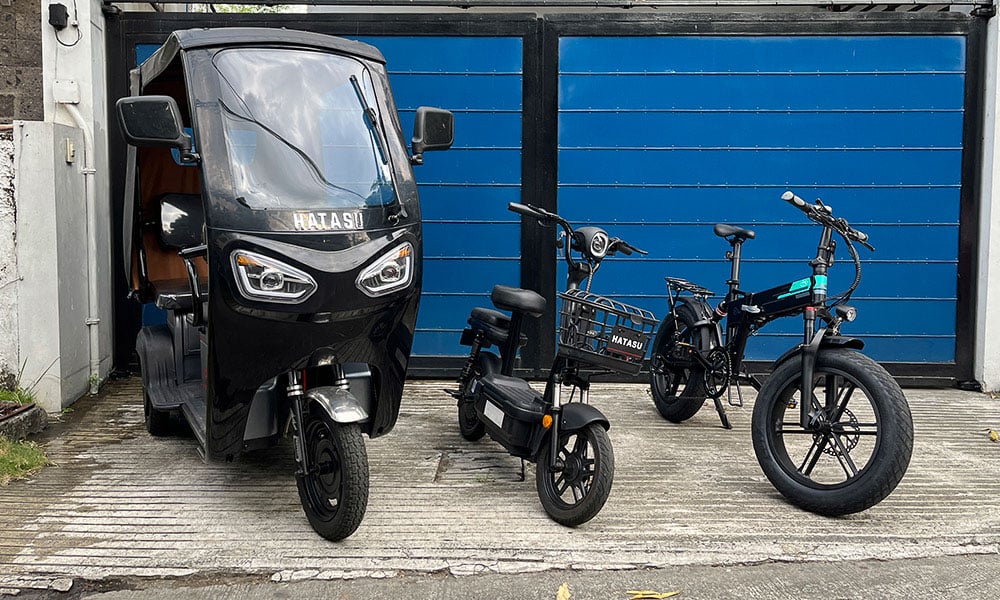
Back in the day, classifying motor vehicles was a lot easier when private ones were usually cars or motorcycles. But the rise of active transport and electric mobility has led to a new breed of vehicles plying the road.
E-bikes are a hot topic right now—no thanks to the irresponsible behavior of some users. The problem with that term is that it is used loosely to the point of confusing people. So, here’s a basic guide to distinguish among these electric vehicles (EVs).
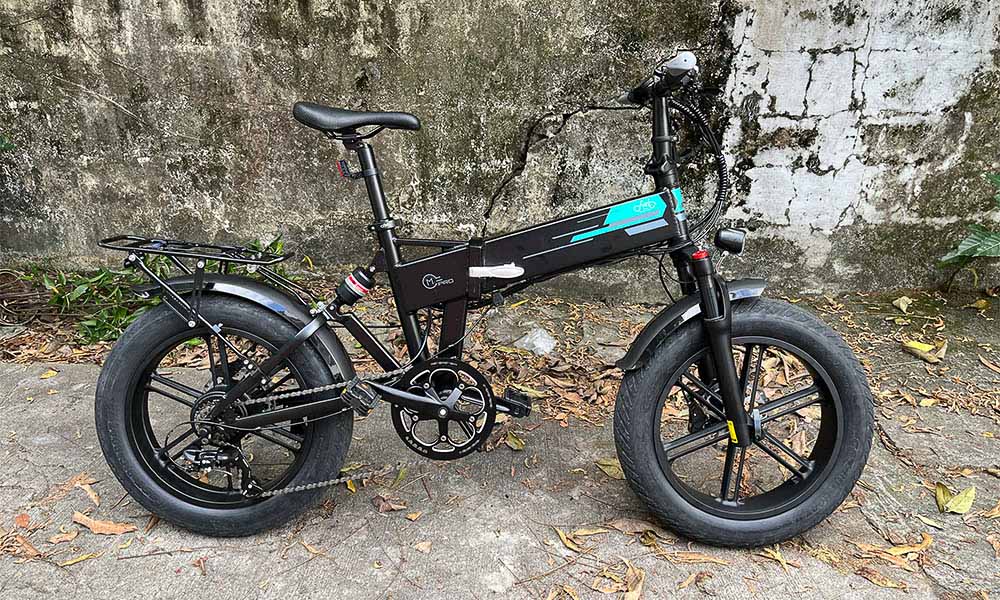
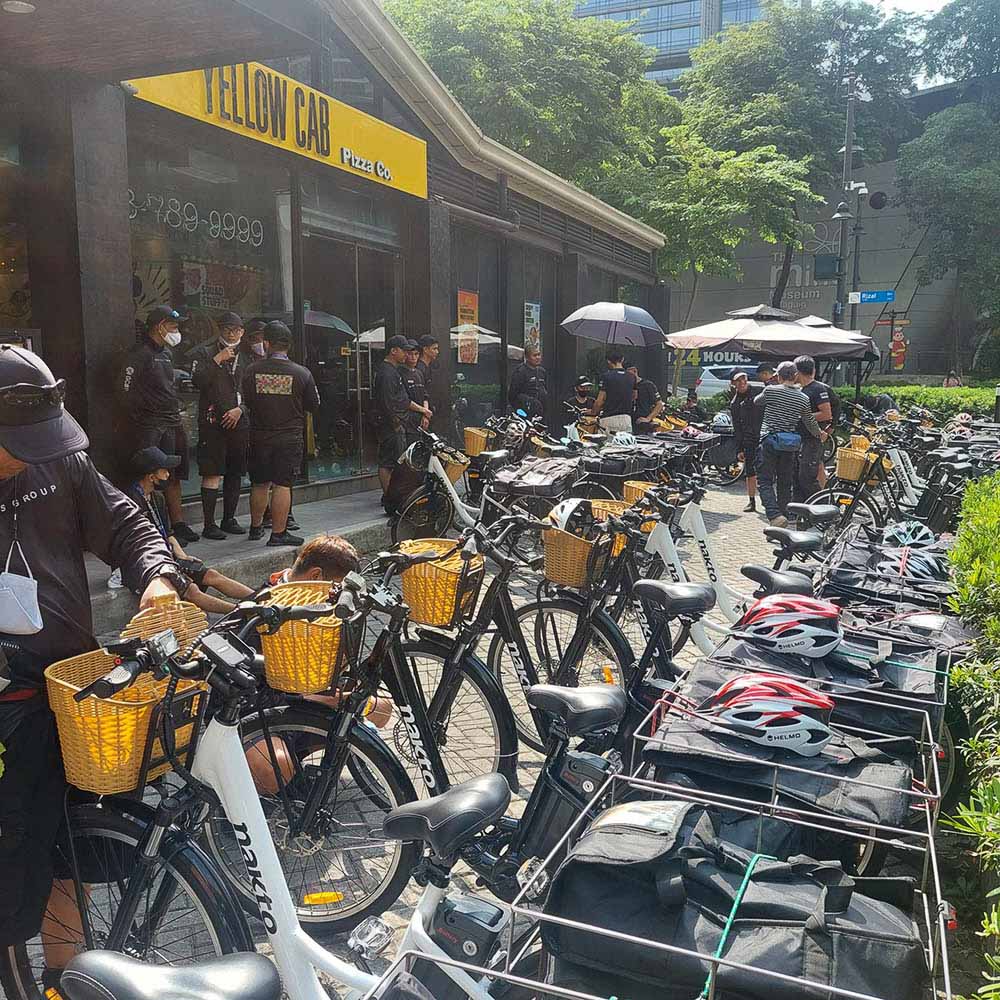
Let’s start with two-wheeled vehicles. A bicycle is moved by turning a crank with your legs. Meanwhile, an electric bicycle has an electric motor that assists the user, hence the term pedal-assist bicycle. While some may have a throttle, what distinguishes these is that they are operated exactly like mechanical ones.
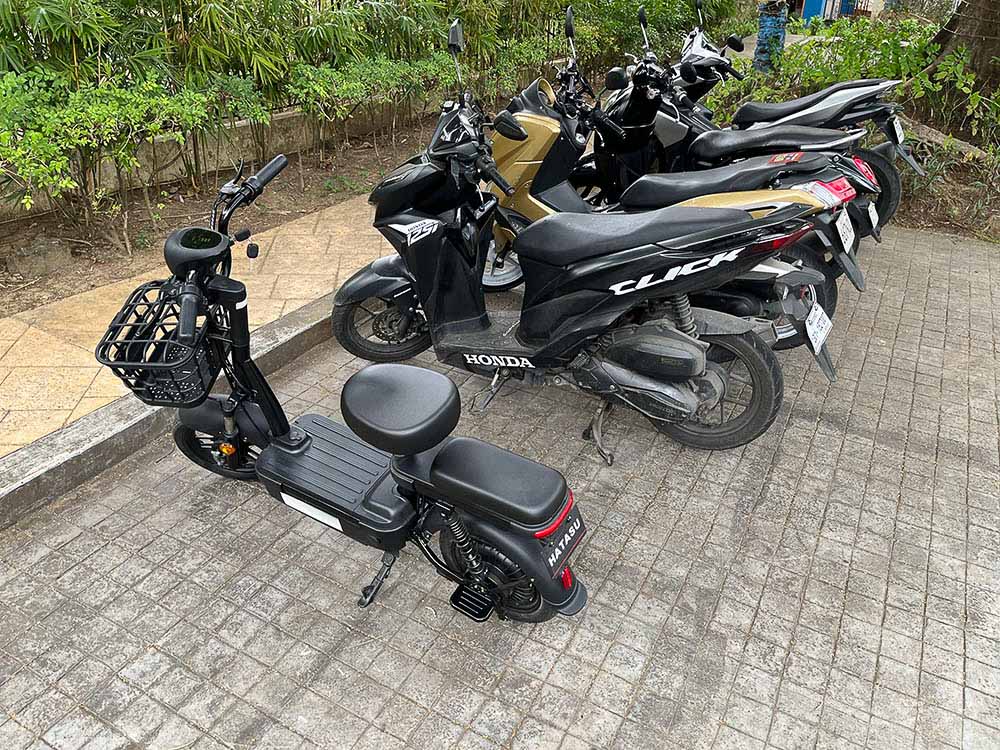
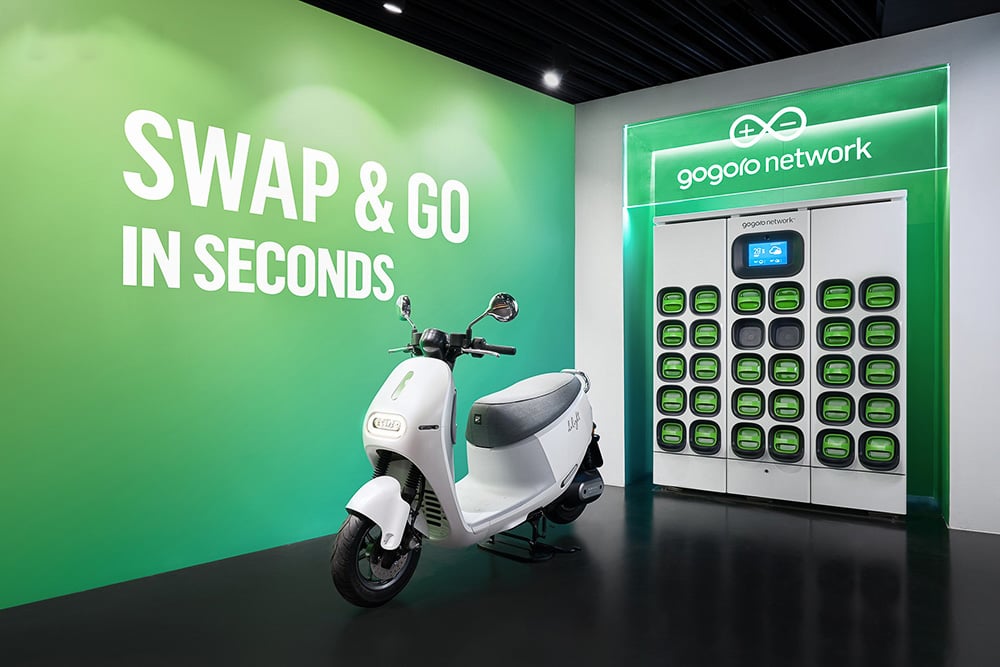
Replace the crank with an internal-combustion engine, and you get a motorcycle. Now, there are many kinds, but the most noteworthy for this article is the scooter. It is usually characterized by an upright seating position, a low-displacement engine, and a floorboard where the rider’s feet rest upon.
When the petrol engine is swapped for an electric motor, you end up with an electric scooter, and these can vary from an L1a EV such as the Hatasu Kumi, which can only go up to 25km/h, to a space-age rocket ship on two wheels such as the BMW CE 04.
Unlike pedal-assist bicycles, scooters and electric scooters are mainly throttle-driven. Although some e-scooters come with a crank to try to pass themselves off as an electric bicycle, you won’t be going anywhere by pedaling. So, you might as well remove the pedals.
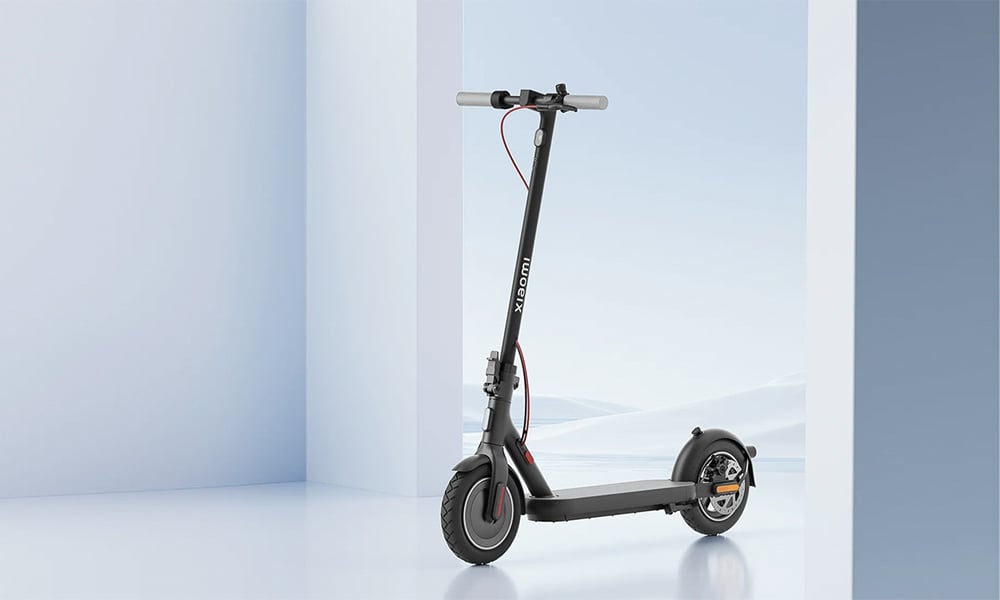
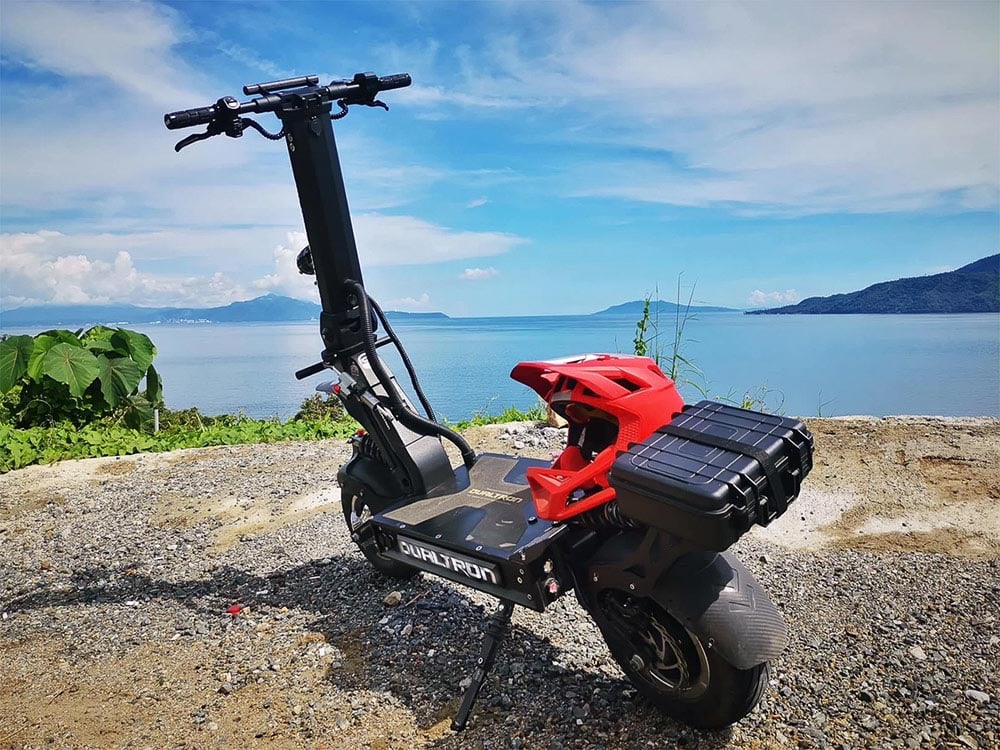
However, there’s also a different kind of scooter, one that you might have played with as a child—a kick scooter. Similar to a skateboard, the rider stands on a deck and propels the vehicle by kicking the ground.
Long before e-bikes proliferated, people had already been using electric kick scooters (EKS) pre-pandemic. These rides are diverse, ranging from compact and portable models for office commutes, to beefier models that could surpass ordinary scooters.
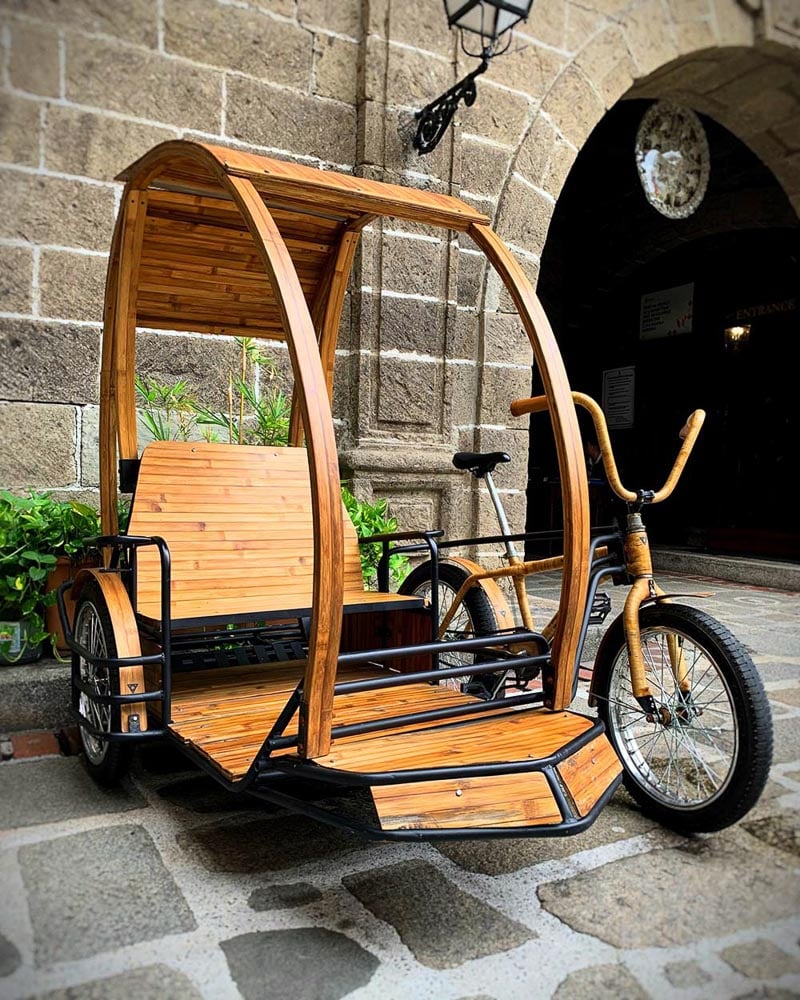
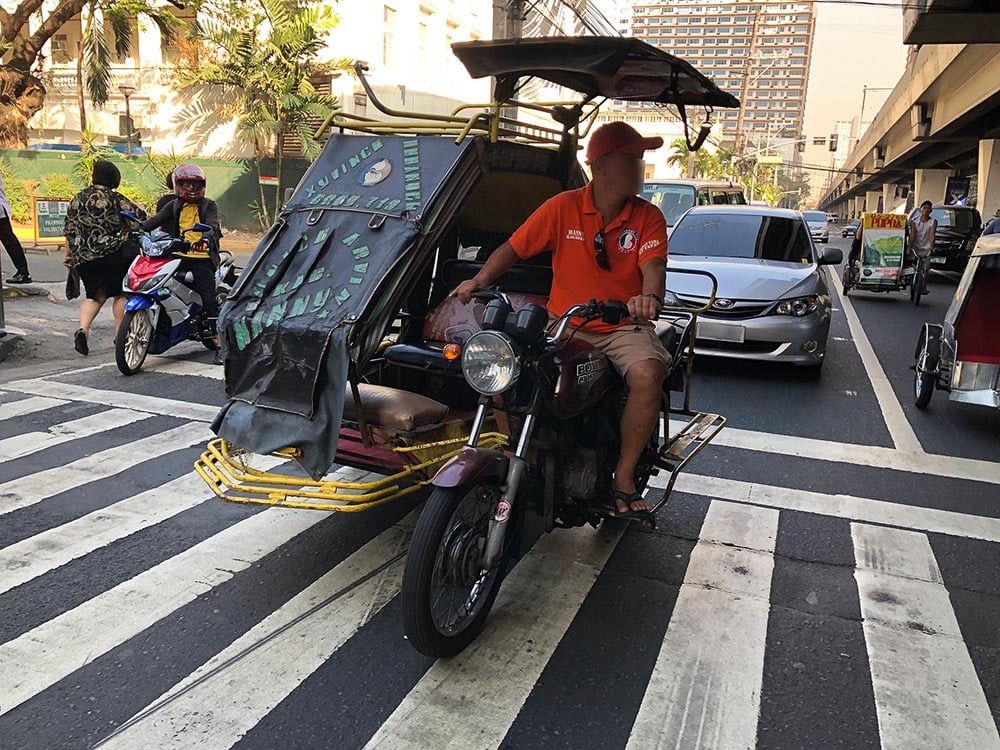
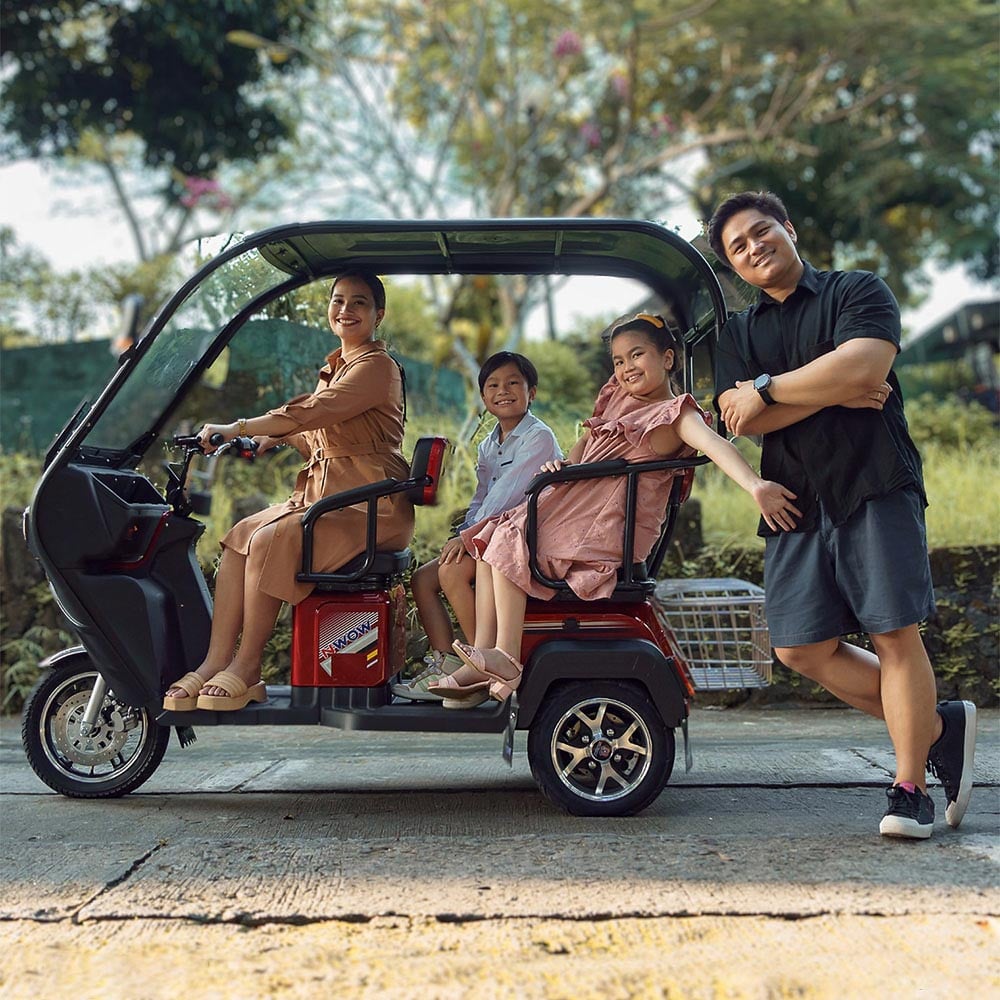
Going into the realm of three-wheelers, things can get pretty confusing. The term “tricycle” is very broad, since it also includes vehicles that are pedal-powered (pedicabs or rickshaws), gas-powered, or electric-powered (e-trikes).
Here in the Philippines, it usually refers to a motorcycle with a sidecar, used as a form of public transportation. That’s just one variety, though.
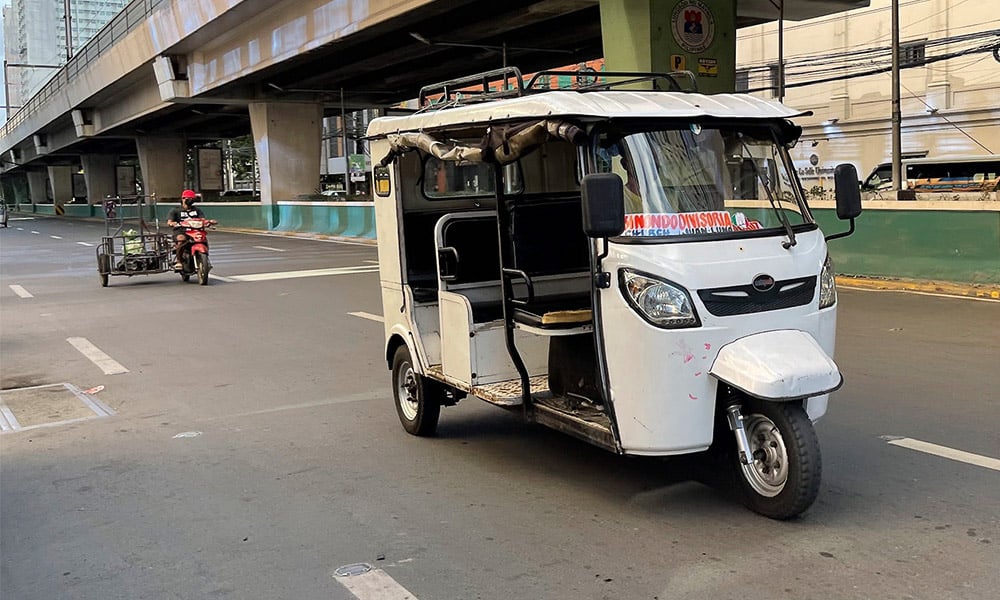
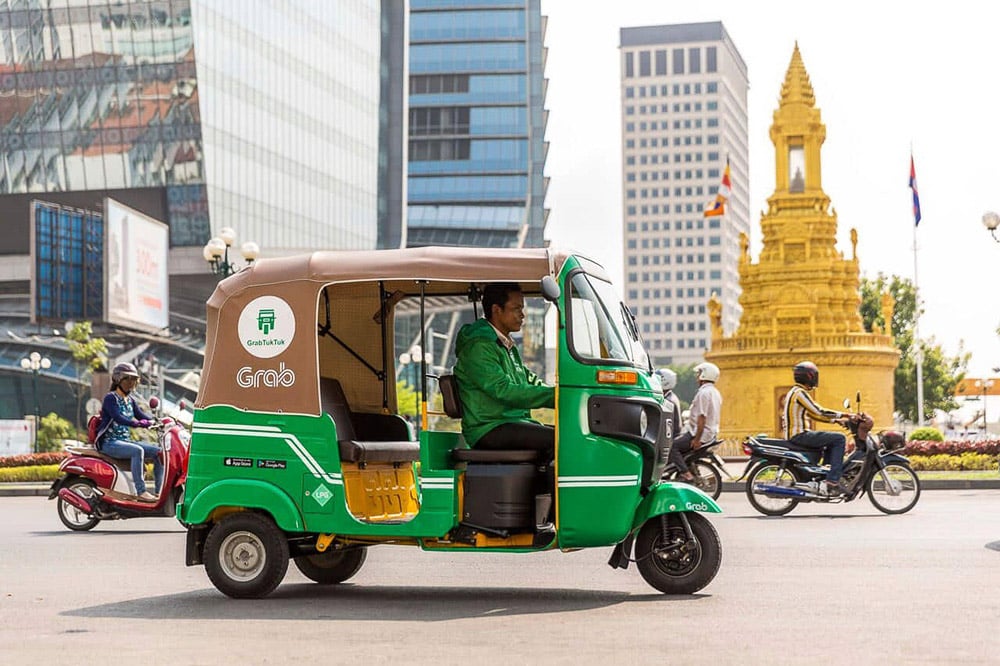
Our Southeast Asian neighbors, especially Thailand, have what is commonly known as a tuk-tuk. Its form factor is closer to a rickshaw with one wheel at the front, and two at the rear where the passengers are seated. They aren’t as common here, so you won’t hear people use the term frequently. Just like with scooters, tuk-tuks can either be gasoline-powered or fully electric.
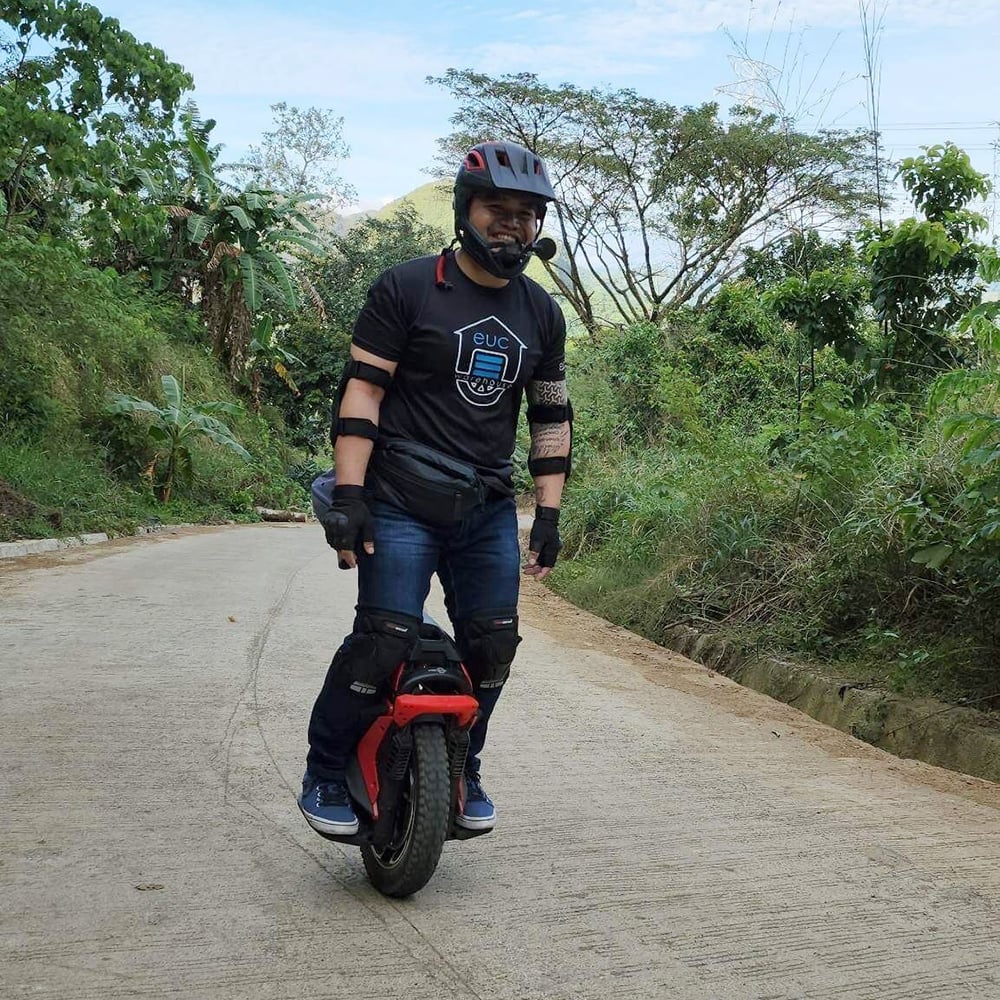
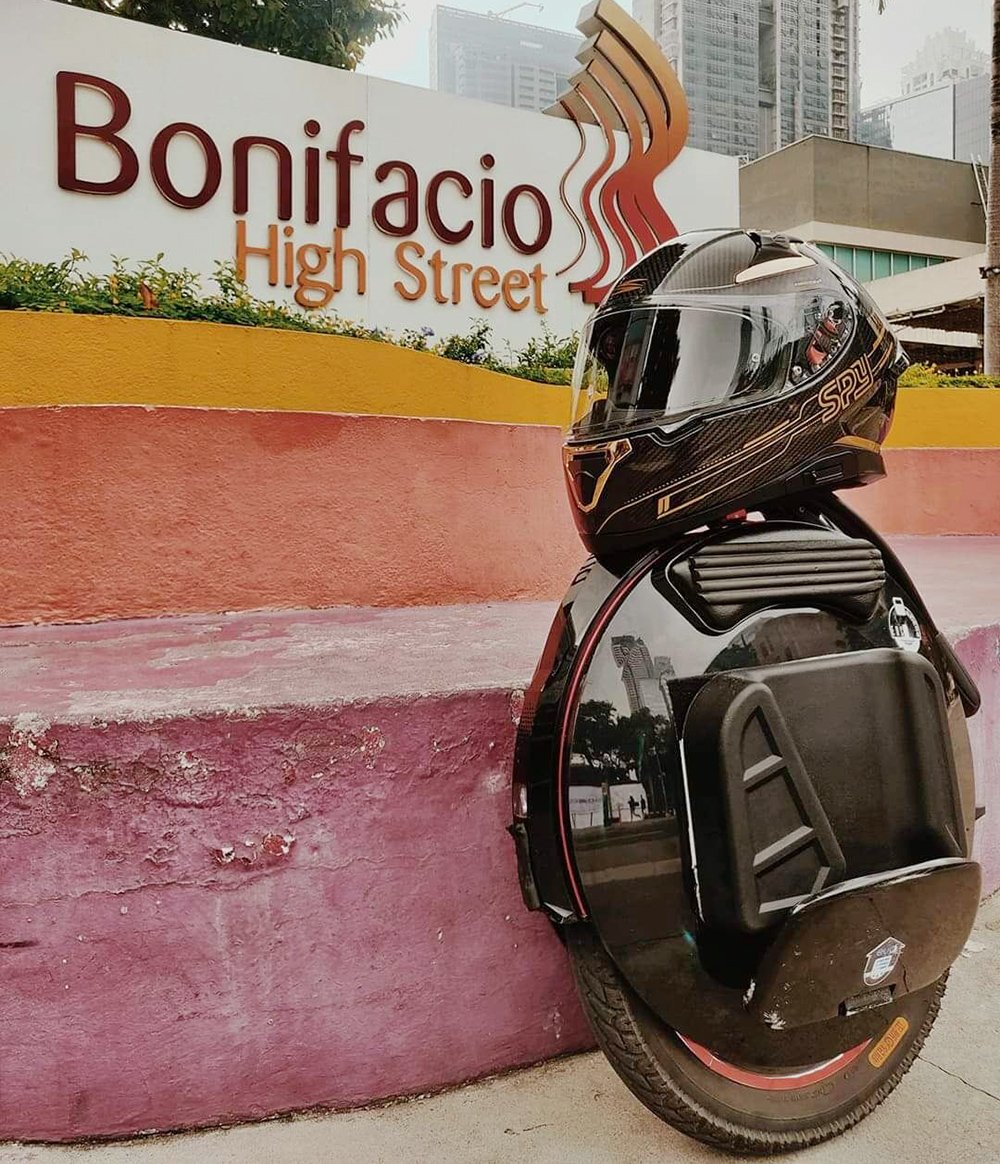
The list isn’t over as there is still one kind of EV that’s not as well known, but has an established market and a dedicated community: electric unicycles. These are single-wheeled vehicles propelled by a motor, where the rider stands on top and maneuvers it by leaning his or her body.
The shift to electric power has opened a realm of possibilities, which is why the roads aren’t filled anymore with just cars and motorcycles (as far as private use is concerned). While this comes with challenges such as infrastructure, regulation, education, and law enforcement (which is already a struggle with currently licensed drivers), we now have an unprecedented diversity of mobility options that have the potential to help solve our traffic problems.


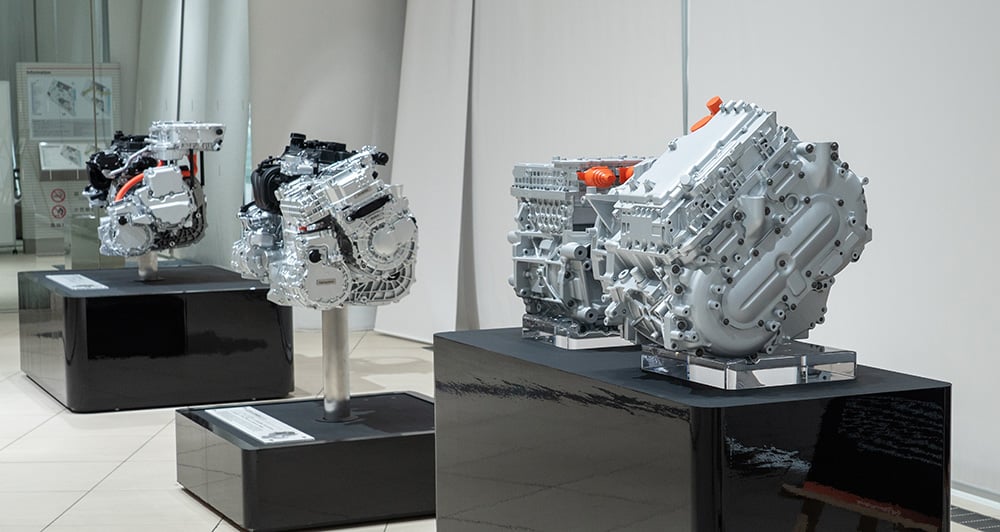
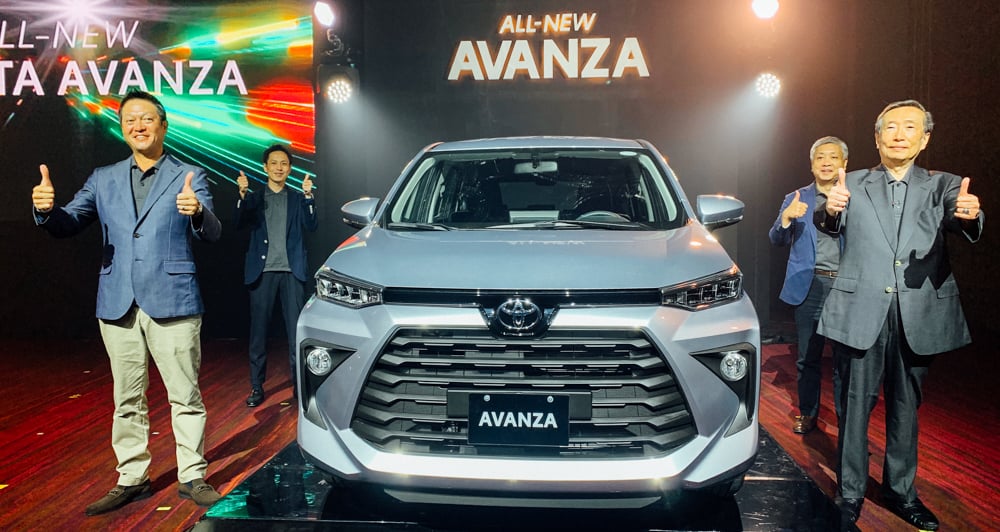
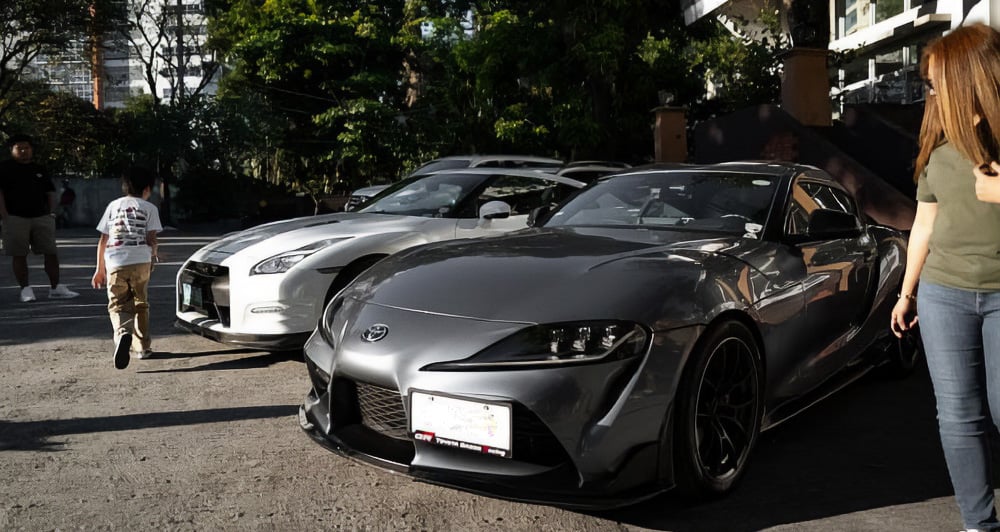
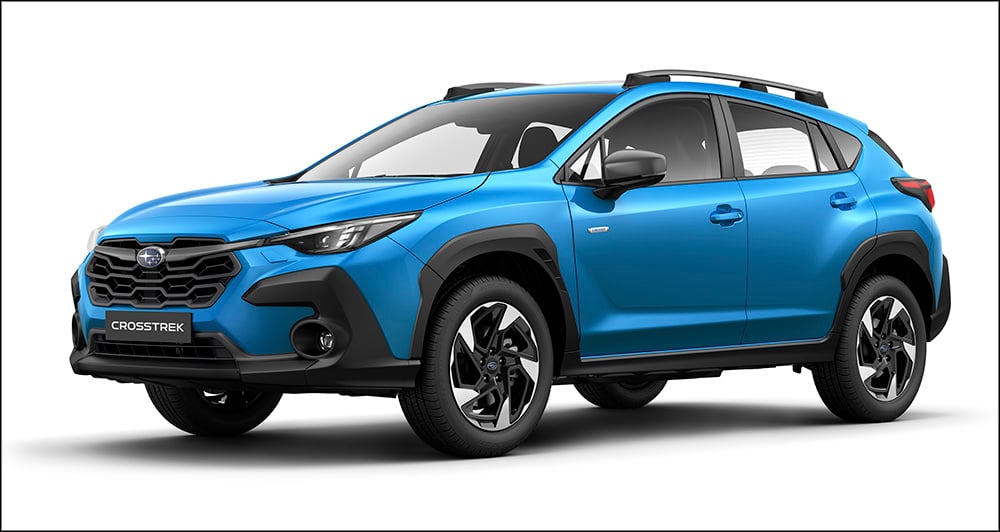

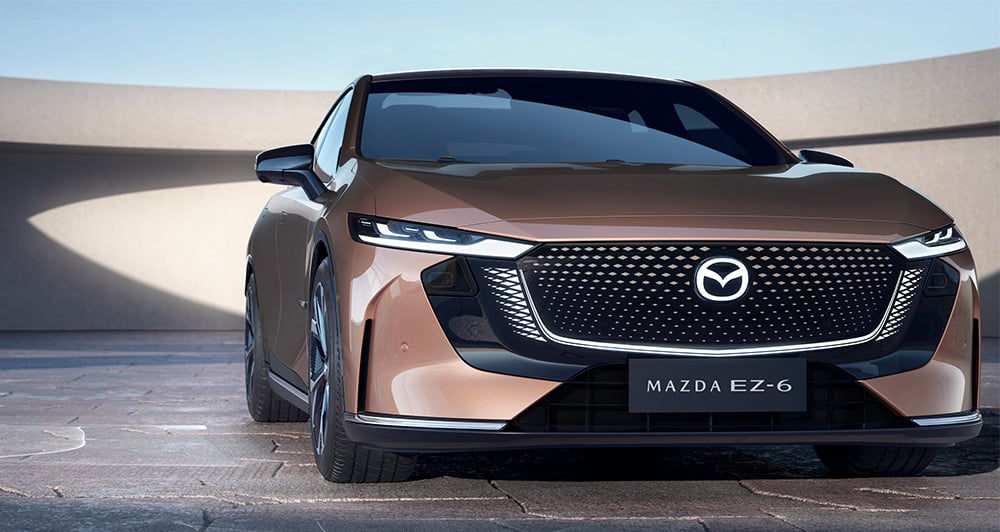
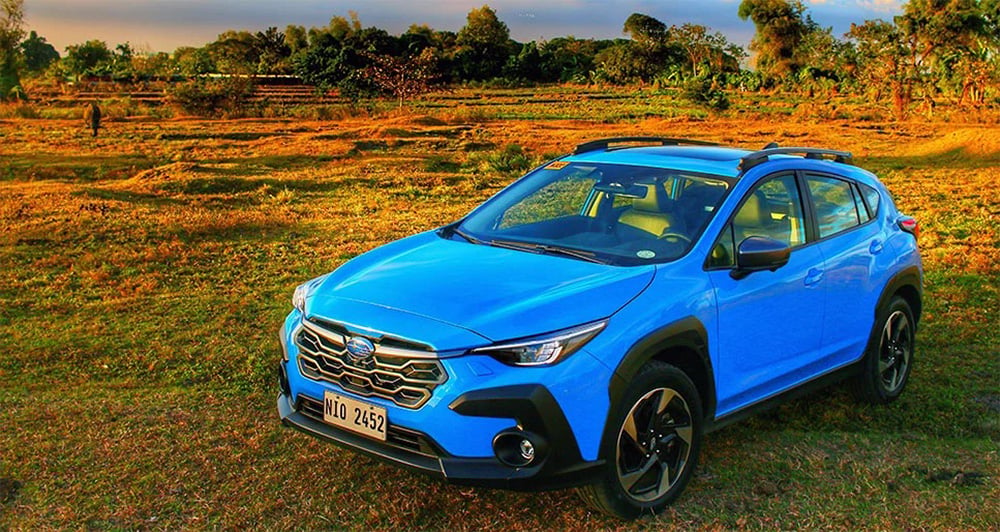


Comments